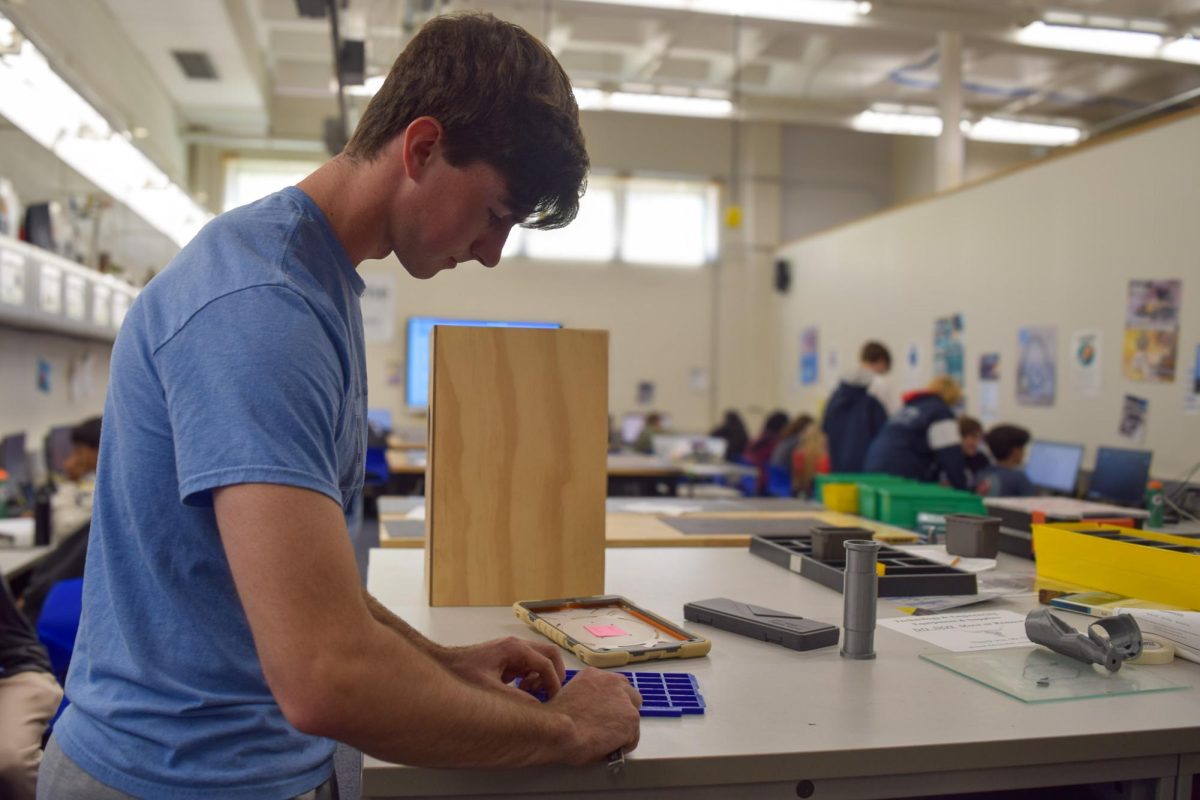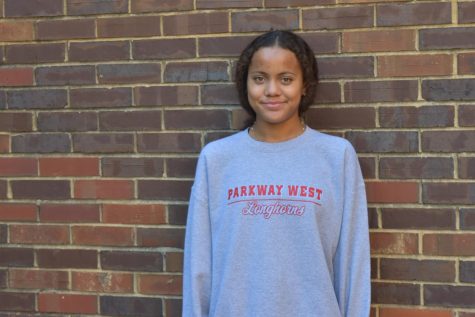With three kids under seven, doctors Jason Kayser and Sarah Garwood decided to enlist some help on the homefront. After talking to friends about their childcare needs, they decided a nanny would be a great option in addition to a Spanish immersion preschool.
“My parents worked, so they needed somebody to watch us, and they didn’t want to send us to daycare,” senior Ava Kayser said. “They hired [Angela Cupajita] to watch us after school for four hours. In the summer, it was every single day. We weren’t really with our parents that much,” Kayser said.
After connecting through mutual friends, Kayser’s family interviewed and hired Cupajita, originally from Bogotá, Columbia. When Kayser was seven, Cupajita began working around 25 hours a week for the family, depending on the time of year.
“[We spoke] Spanish. When I was in kindergarten, I was fluent. My nanny helped me learn Spanish by speaking to me. Now, if I talk to her, she’ll talk to me in Spanish or English,” Kayser said. “But back then, she forced us to speak Spanish, and if we didn’t, she would say ‘En Española,’ it was a secret language. None of my friends knew [Spanish]. There’d be times if I wanted to say something and didn’t want anyone to know, I’d speak Spanish,” Kayser said.
Kayser immersed herself in Columbian culture through cooking and cultural experiences with her nanny. Because Cupajita’s experiences were much different than Kayser’s parents’, Kayser felt she gained a multitude of cultures.
“We made popcorn snacks with Peruvian corn that we put in a pan with oil and salt and heat them until they expanded. We also made different soups. She did a lot while cooking and didn’t measure anything. We would make certain dishes, and she would just pour stuff in without measuring it, [which was] different from my mom’s cooking. She always measured everything,” Kayser said.
“Knowing Spanish helped me become aware of things going on in other countries,” Kayser said.
But, despite the Spanish influence growing up, when Kayser got to high school, she found Spanish courses more challenging than expected.
“The hardest part, even later, was the grammar. As a kid, I never learned how to read or write in Spanish, so it was harder for me to form sentences,” Kayser said. “There weren’t many words that were new to me and speaking came naturally. I could speak without planning what I want to say,” Kayser said.
Despite the challenges she faced in Spanish, Kayser earned her Seal of Biliteracy during her junior year and had five years of Spanish courses behind her. She and Cupajita planned on traveling to Bogotá, Medellín, Cartagena and San Andres Columbia.
“I was excited to work on speaking Spanish. I was looking forward to eating the different foods and experiencing being there,” Kayser said.
Although Kayser no longer needed a nanny, she and Cupajita kept in touch.
“We would see her once a week or more. She lived five minutes from us, and we babysat her kid, so we were very close,” Kayser said. “It was like having a younger cousin or sibling. [Cupajita and her family] came to all of our family events, and Dylan [Cupajita’s son] calls my parents tio and tia or aunt and uncle, so it was all a very special experience,” Kayser said.


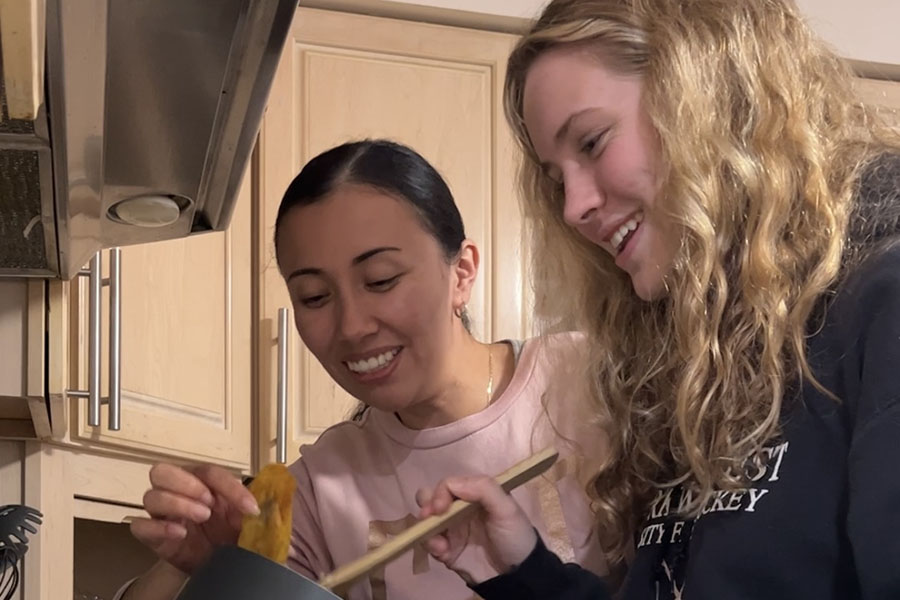
![Focused on providing exceptional service, sophomore Darsh Mahapatra carefully cleans the door of a customer’s car. Mahapatra has always believed his customers deserve nothing less than the best. “[If] they’re trusting us with their car and our service, then I am convinced that they deserve our 100 percent effort and beyond,” Mahapatra said.](https://pwestpathfinder.com/wp-content/uploads/2025/10/DSC_0018-1200x800.jpg)
![Sophomore Aleix Pi de Cabanyes Navarro (left) finishes up a soccer game while junior Ava Muench (right) warms up for cross country practice. The two came to Parkway West High School as exchange students for the 2025-2026 school year. “The goal for the [exchange] program is to provide opportunities for both Parkway students and our international exchange students to learn about other cultures, build connections and become confident, capable, curious and caring — Parkway’s Four C’s — in the process,” Exchange Program Lead Lauren Farrelly said.](https://pwestpathfinder.com/wp-content/uploads/2025/10/Feature-Photo-1200x800.png)
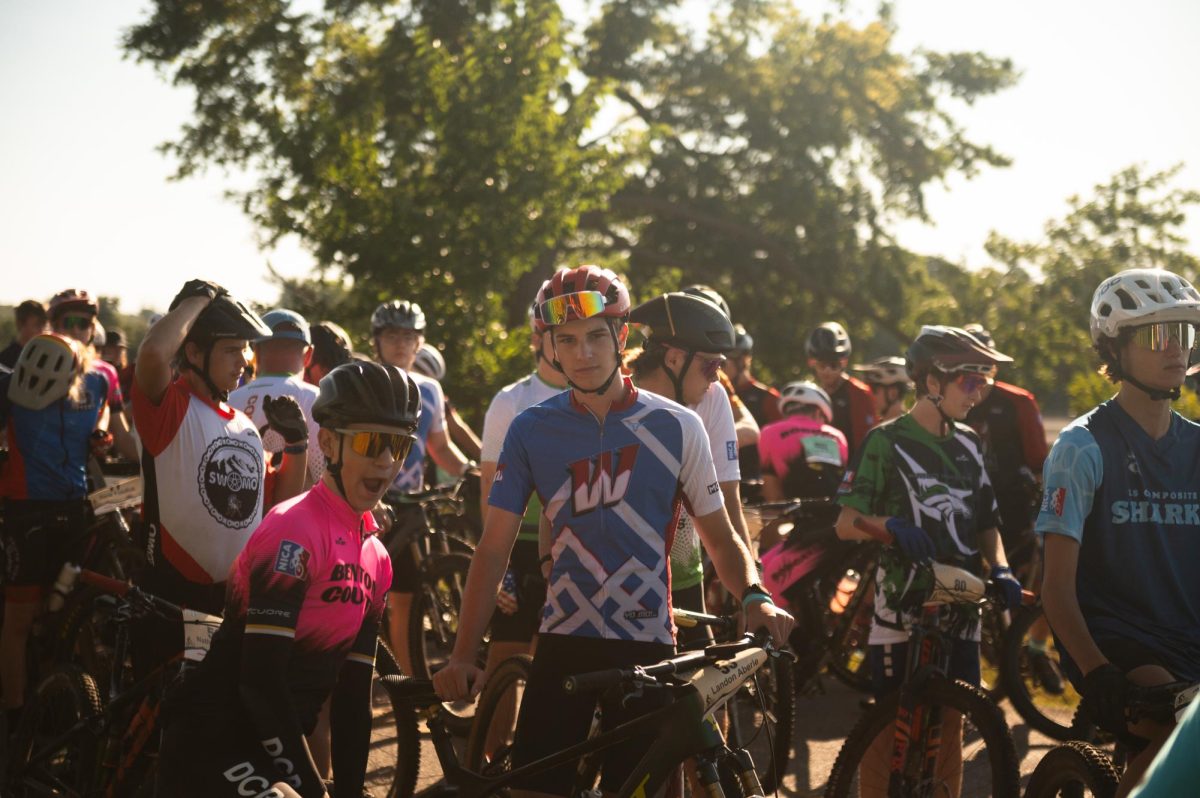
![Gazing across the stage, sophomore Alexis Monteleone performs in the school theater. The Monteleone family’s band “Monte and the Machine” has been releasing music since 2012, but Alexis started her own solo career in 2024 with the release of her first single, Crying Skies. “My whole family is very musical, [and I especially] love writing [songs with them],” Monteleone said.](https://pwestpathfinder.com/wp-content/uploads/2025/09/DSC7463-1200x798.jpg)
![Amid teaching a lesson to her AP Calculus BC class, Kristin Judd jokes alongside her students in their funny remarks. Judd has always enjoyed keeping the mood light in her classroom, along with on the volleyball court. “[I enjoy] that side talk where you see [or] overhear a conversation and chime in, or somebody says something funny,” Judd said.](https://pwestpathfinder.com/wp-content/uploads/2025/09/image-1200x730.jpg)
![Eyeing the ball, junior Ella McNeal poses for her commitment pictures at Clemson University. McNeal’s commitment comes after months of contact with top Division 1 soccer programs. “ It has taken a lot to get to where I am, but I know that [what] I've already been through is just the beginning, and I can't wait for what is to come,” McNeal said.](https://pwestpathfinder.com/wp-content/uploads/2025/09/IMG_4926-1200x900.jpeg)

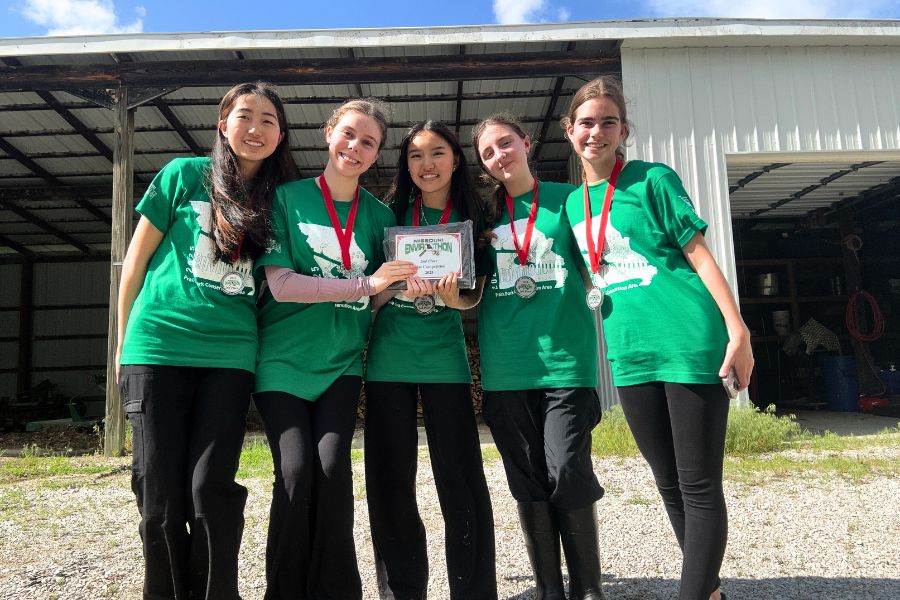
![Senior Adam Zerega stands with senior Dexter Brooks by farm equipment. Zerega often worked with friends and family on his farm. “I've been able to go to my family's farm since I was born. I [spend] at least three weekends a month [on the farm], so I'm there all the time,” Zerega said.](https://pwestpathfinder.com/wp-content/uploads/2025/04/IMG_4872-1200x900.jpg)
